Introduction
The Integrated Pest Management Pest Information Platform for Extension and Education (ipmPIPE) evolved from the soybean rust early warning, monitoring, and communication system that was expanded to soybean aphid in 2006 (2). In 2007, the Risk Management Agency (RMA) requested modification of the ipmPIPE to help determine causes of disease and insect losses in other legumes including fresh peas, dry peas, common beans, chickpeas, lentils, lima beans, and cowpeas. Thus, the Legume ipmPIPE evolved from the ipmPIPE in order to address multiple pests on multiple legume hosts rather than simply addressing soybean rust and soybean aphid on a single crop (3,4,5). Legume specialists from nearly 30 states established sampling protocols, identified diagnostic procedures, and developed new diagnostic assays for three major legume groups of crops and four groups of legume diseases and insects. Legume viruses were included in 2007, with "Information Technology" access only on a restricted, password-protected web site. In 2008, efforts were expanded to include plant testing and reporting by cooperators, with restricted access to accommodate reporting by specialists, as well as public access to address location-specific outreach efforts. National mapping of this information on a public website also began in 2008, extending the applicability of the Legume ipmPIPE system, which has been well received by stakeholders during presentations at national meetings in 2007 and 2008. Continued development now includes the integration of additional pathogen information and images to the website (legume.ipmpipe.org). The diversity of pathogens, pests, and hosts are uniquely suited to demonstrate the value of the Legume ipmPIPE as an interactive "one-stop shop" for legumes where educators and stakeholders can, within three easy links, obtain information on pathogens and/or pests identified in an area as well as relevant information on each pathogen or pest of interest. This review will introduce components of this interactive site that might serve as templates for adaptation to other plant-pest/disease systems.
Background
The Legume ipmPIPE consists of a network that includes more than 150 Sentinel plots in up to 30 states, provinces, and districts of the United States, Canada, and Mexico. Three groups of legume crops — common bean (fresh and dry beans), cool-season (fresh and dry peas, lentils, chickpeas), and warm-season (cowpeas and lima beans — and four groups of the following legume diseases and insect pests have been selected by legume specialists and legume industry stakeholders for monitoring and reporting. Standard-sized sentinel plots (25 ft × 50 ft) at research facilities and commercial grower fields are monitored for pests such as (i) soybean rust (Phakopsora pachyrhizi) and common rust (Uromyces appendiculatus), (ii) soybean aphid (Aphis glycines) and other insects, (iii) regionally prevalent diseases such as white mold (Sclerotinia sclerotiorum) or common bacterial blight (Xanthomonas campestris pv. phaseoli), and (iv) virus diseases such as Alfalfa mosaic virus, Bean pod mottle virus, Bean common mosaic virus, Bean yellow mosaic virus, Beet curly top virus, Cucumber mosaic virus, and Soybean mosaic virus. The Legume ipmPIPE enhances the role of IPM specialists by providing near real-time access to legume pest observations, pest and disease model outputs (under development), pest management information, as well as weather records/forecasts and communication tools to support location-specific pest management decision-making by crop consultants and growers during the growing season (2,5).
Each participating state/province has a designated Coordinator that: (i) facilitates involvement of local cooperators and provides access to diagnostic training; (ii) establishes linkage with the State Diagnostician (e.g., National Plant Diagnostic Network contact) to share primary pest information on disease and pest reports generated by the Sentinel Plot and/or other activities during the season; and (iii) establishes linkage with the USDA-CSREES Soybean Rust Web Site at sbr.ipmpipe.org/cgi-bin/sbr/public.cgi and the Legume ipmPIPE web site at legume.ipmpipe.org/cgi-bin/sbr/public.cgi with protocols to access resources and upload weekly survey data and graphics. The weekly survey data and graphics are entered via a restricted web site, which is then made available to the public by ZedX. ZedX is an information technology company in Bellefonte, PA and represents a partnering of ipmPIPE with the private sector for information technology, web site hosting, programming, and data management.
The ipmPIPE integrates people and computers, distributed throughout the nation, who are networked and facilitated by "state-of-the-art" Information Technology (IT). This IT supports observation networks, diagnostic laboratories, data management, modeling, interpretation, and the dissemination of timely information on a well-integrated platform. The ultimate goal is to help farmers combat plant diseases, insect pests, and weeds. An important philosophical foundation of ipmPIPE is that extension and education outreach activities for both integrated pest management and risk management associated with crop insurance should proceed hand-in-hand. The ipmPIPE is built on the existing USDA, university (extension and research), and state departments of agriculture infrastructures and also benefits from an informal partnership with industry.
The internet platform and related "data-basing," mapping, and communications software were created by a team of scientists from ZedX Inc. and Pennsylvania State University. Information to support pest management decisions is disseminated by extension specialists through the national platform directly to colleagues and growers, as well as indirectly to a wider audience through crop consultants, industry agents and others. The quality and utility of this information is increased because state extension specialists have real-time access to maps of pest distributions, visual depiction of predictive model output, and management commentaries and guidelines from colleagues in other states. Finally, as the Legume ipmPIPE platform becomes more widely adopted, producers can contribute to scouting and reporting activities through the restricted ipmPIPE web site via their crop consultants and grower organizations.
The following section and storyboard graphics provide an overview of components created for the interactive Legume ipmPIPE web site in consultation with legume specialists, diagnosticians, stakeholders, and ZedX programmers and coordinators. Challenges and opportunities associated with each of these components will be reviewed in upcoming years by users including legume specialists/diagnosticians (authorized personnel involved with the project) and stakeholders (including growers and the general public), as these restricted and public web sites continue to evolve as dynamic and interactive IPM resources.
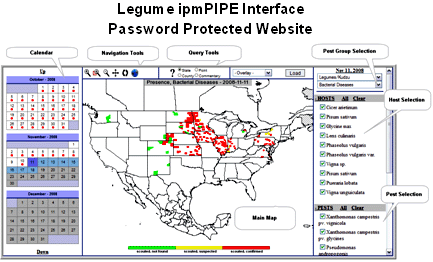
Fig. 1. Example of the protected website accessible by authorized specialists for pest data entry and reporting from monitoring of targeted legume crops for specific pests and diseases. Red indicates that the pest or disease was detected and confirmed, while green indicates that the Sentinel Plot site or commercial production area was scouted with no visible evidence or laboratory confirmation of the pest or disease. Sites are monitored periodically (weekly to monthly), depending on the resources and sampling protocol developed by specialists for each legume crop pest and disease. The net outcome is that specialists provide location-specific real-time data indicating the evolution of diseases and pests as the growing season progresses.
| |
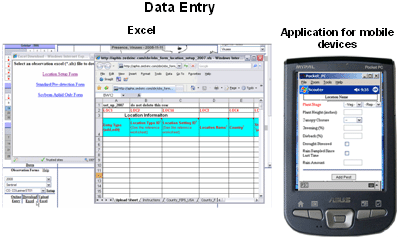
Fig. 2. Excel reporting forms are utilized to record pest and disease activity at each geo-referenced site. The authorized specialist for data entry simply uploads the updated disease- or pest-data file from their computer or other device to ZedX to post on the restricted website. This upload updates the reporting display map on the public website to facilitate location-specific outreach efforts to producers. |
|
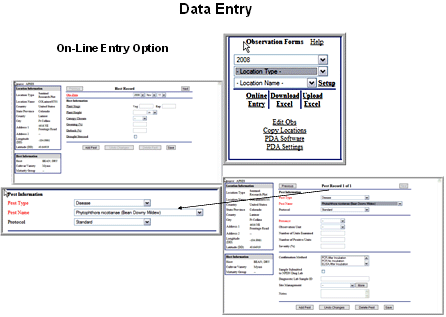
Fig. 3. Data for reporting and outreach can also be entered directly on the restricted web site by specialists via a series of menus and queries as shown in this illustration.
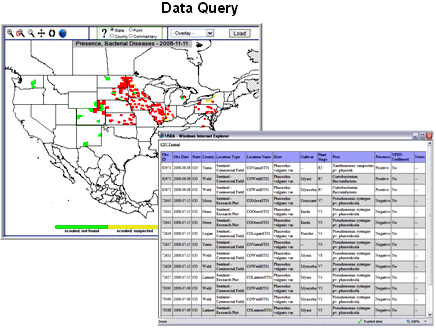
Fig. 4. Excel reporting records can be accessed by authorized specialists to review specific data points already posted in the restricted Legume ipmPIPE system.
| |
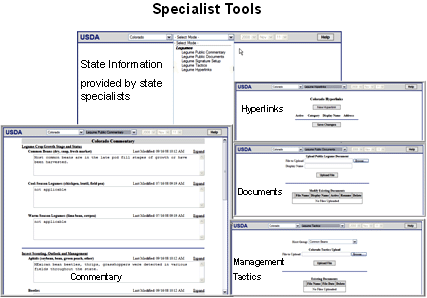
Fig. 5. Specialists are also able to enter and update narrative or location-specific commentary on the status of the legume crop, pest and disease reports and distributions, scouting and management tools and provide links to other resources such as crop and pest/disease models, pesticide recommendations (e.g., www.highplainsipm.org), and other IPM products. This site serves outreach needs, and is available for public access by producers, consultants or other interested parties. |
|
| |
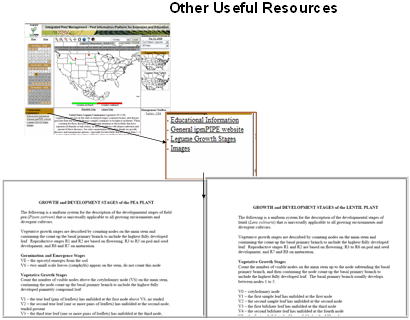
Fig. 6. Specialists can also provide other resources as links and imbedded information such as descriptive growth stages for a specific legume crop, or other resource information that can be selected and reviewed by the user as they devise their specific pest management strategy. |
|
| |
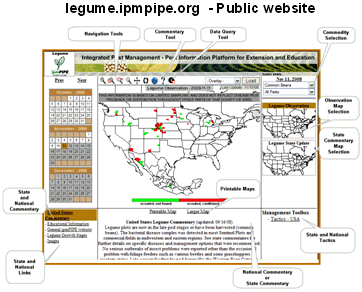
Fig. 7. After specialists update files and displays via the restricted web site, ZedX then populates the public web site with this new information. |
|
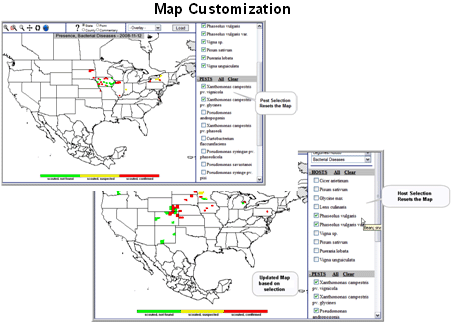
Fig. 8. Maps can be customized by specialists to publically display location-specific information relative to a specific legume crop, as well as reports of specific pest and disease activities.
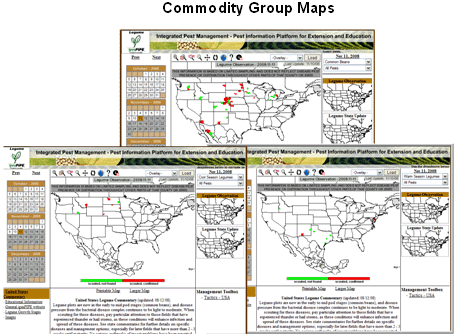
Fig. 9. Users can select from a variety of menu topics illustrated in these crop figures, with additional menus provided for specific pest and disease groups within each legume group.
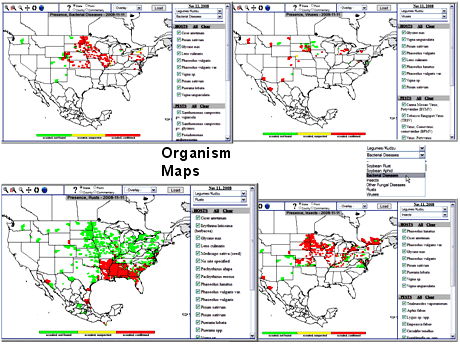
Fig. 10. Composition of pest and disease maps that can be selected by the specialist to illustrate combined pest and/or disease classes (e.g., bacterial diseases, viral diseases, rusts, and insect pests).
| |
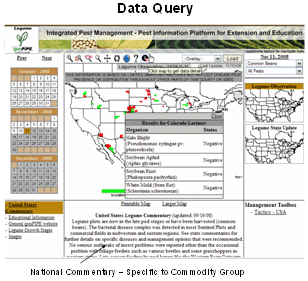
Fig. 11. As users position the cursor over a state/county/site with their computer arrow, highlights on specific reports contributing to that map symbol can be viewed. |
|
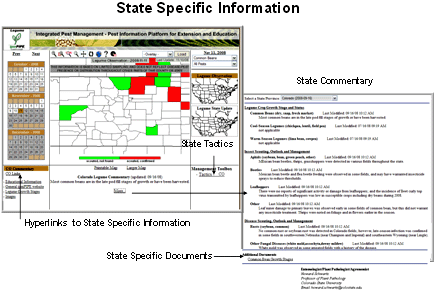
Fig. 12. The user can access state-specific information by selecting the state which then is displayed with county boundaries, specific reporting information and commentary provided by the appropriate specialist for that state or region. A highlighted county (red for presence or green for absence) illustrates scouting and diagnostic reports provided by specialists from sentinel plot and commercial field surveys conducted in that county.
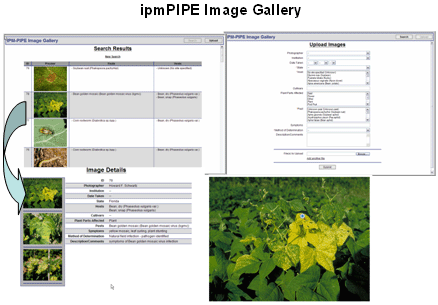
Fig. 13. Digital images of legume crops and pests/diseases have been compiled and submitted via the restricted web site by specialists for posting on the Bugwood Network or, alternatively, images have been sent directly to Bugwood.
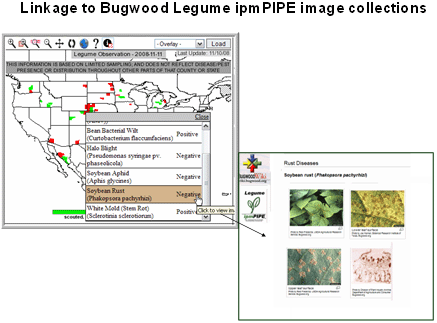
Fig. 14. An additional link to Bugwood Network digital images representative of that legume pest or disease is also available. Users of the public web site can link directly to images of disease symptoms associated with different pathogens and to insect pests and the damage they cause on specific legume crops. Future plans include the development of a wiki resource.
| |

Fig. 15. In 2009, the Legume ipmPIPE will provide an email alert to users informing them of key updates or changes posted recently on the public web site; these updates could occur on a daily to weekly basis throughout the legume crop and pest/disease reporting cycle. |
|
Knowledge bases and research provide the foundation for the system. Field observations are channeled through standardized internet portals into a national computer database. These reports are immediately available to researchers throughout the country who add value to the observations through modeling and analysis. The ipmPIPE provides a platform for extension specialists, researchers, and administrators to view observations and model output on maps. Thus, specialists communicate interpretations, management guidelines, and other relevant materials to growers and industry agents through the internet using standardized state-of-the-art IT tools. Feedback among system components facilitate responses by specialists to needs of researchers for data to run and validate pest forecast models; for example, data such as initial disease location, secondary detection, crop developmental stages, and climatic records.
Sustaining the Legume ipmPIPE
The challenge now is to establish an economical justification for sustaining the Legume ipmPIPE. The system couples extension and education activities for both integrated pest management and risk management associated with crop insurance. Legume ipmPIPE enhances the role of extension specialists in IPM by providing near real-time access to observations, model output, pest management information and guidelines from other states. Communication tools also allow specialists to customize information for dissemination to state and regional crop consultants and growers. Initially, some specialists were apprehensive about potential overlap between the soybean rust platform and existing state extension information networks; however, most specialists now believe that ipmPIPE provides them with information that truly enhances their extension and education outreach programs (1).
The platform is designed to accommodate agricultural commodities grown at spatial scales that range from small regions to entire continents. In the short-term, the RMA is investing in ipmPIPE to enhance education and documentation for crop insurance purposes, the National Institute for Food and Agriculture (formerly CSREES) is championing the system as a national effort to enhance the adoption of IPM practices, and APHIS is supporting the platform in anticipation of using it to respond quickly to future threats from exotic diseases and pests detected and reported by ipmPIPE specialists and/or NPDN diagnosticians. However, in the long-term, ipmPIPE and evolving components such as the Legume ipmPIPE are only viable if there is real-time accessibility and economic return to growers. These benefits will be realized by applying advanced IT for scouting, diagnostics, data management, modeling, interpretation, and/or rapid dissemination of information by diagnostic, pest management and crop production specialists at our network of land-grant universities, USDA-ARS, other agencies, growers, crop consultants, and entities such as the legume and agribusiness industries.
Acknowledgments
The authors thank the network of legume stakeholders, ipmPIPE cooperators and NPDN diagnosticians throughout the United States, western Canada and western Mexico for their enthusiastic support and participation on this project. In addition, we gratefully acknowledge the legume and agribusiness industry sponsors, USDA-APHIS, USDA-CSREES, USDA-RMA, USDA-ARS, Land Grant Universities, state Departments of Agriculture, and regional IPM Centers for their support and encouragement of our participation as extension specialists, research scientists, and educators with this innovative network.
Literature Cited
1. Geisler, L. J., and Hershman, D. E. 2005. Overview of the sentinel monitoring system for 2005: How well did we do? Online. Proc. of the Nat. Soybean Rust Symp., Nov. 14-16, 2005, Nashville TN. Plant Management Network.
2. Isard, S. A., Russo, J. M., and DeWolf, E. D. 2006. The establishment of a national pest information platform for extension and education. Plant Management Network doi:10.1094/PHP-2006-0915-01-RV.
3. Langham, M. A. C., Tolin, S. A., Sutula, C., Schwartz, H., Wisler, G., Karasev, A., Hershman, D., Giesler, L., Golod, J., Ratcliffe, S. T., and Cardwell, K. F. 2007. Legume/Virus PIPE – A new tool for disease management in legumes. Phytopathology 97:S61.
4. Langham, M. A. C., Schwartz, H. F., Tolin, S. A., Sutula, C., Golod, J., Ratcliffe, S. T., LaForest, J., and Cardwell, K. F. 2009. Legume ipmPIPE – A tool for disease management and education in legumes. 6th Int. Integrated Pest Manage. Symp., March 24-26, 2009, Portland, OR.
5. Schwartz, H. F., and Langham, M. A. C. 2008. PIPE – Pest Information Platform for Extension and Education. Ann. Rept. Bean Improv. Coop. 51:4-5.
